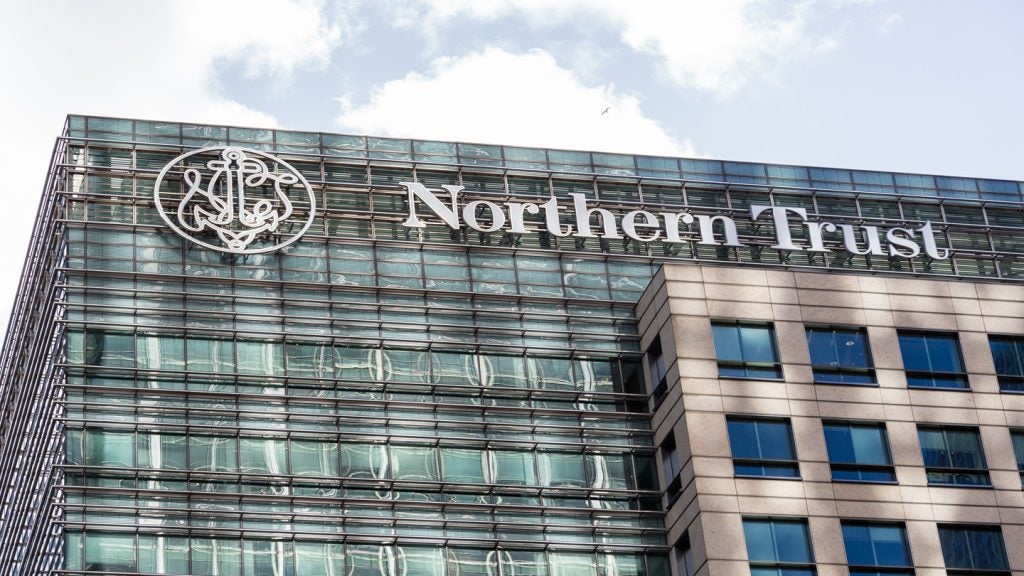
Multiple banking relationships are becoming the norm in the family office space, but are family offices exposing themselves to an undue amount of risk by doing so? John Schaffer reports
Outsourcing has become prevalent among modern family offices (FO). FOs will often engage in multiple banking relationships due to the complexity of the family or families they are servicing. This is due to families being active in multiple jurisdictions, paired with a desire for access to more sophisticated investments.
Multiple banking relationships appear to be ubiquitous among FOs. Citi recently surveyed a number of FOs that it is engaged with. James Holder, Regional Head, Northern Europe, Citi Private Bank, tells PBI that a third of FOs were operating with two or three providers; a third with four or five providers; and the final third operated with five or more.
Holder adds: “The largest number of relationships we saw was 11-12. Within our sample, nobody said they were working with just one bank.”
Holder suggests that, to some extent, there is a correlation between assets under management (AuM) and the number of relationships a FO is engaged in:
How well do you really know your competitors?
Access the most comprehensive Company Profiles on the market, powered by GlobalData. Save hours of research. Gain competitive edge.

Thank you!
Your download email will arrive shortly
Not ready to buy yet? Download a free sample
We are confident about the unique quality of our Company Profiles. However, we want you to make the most beneficial decision for your business, so we offer a free sample that you can download by submitting the below form
By GlobalData“The costs associated with multiple relationships are large. The burden of administering 10 or more banking relationships requires a big team on the ground and is even more challenging with the extra requirements of regulation. Typically, FOs are only running with between two and four people.”
Should family offices have absolute control?
The concept of keeping investment management in-house may be attractive for FOs. There are some notable advantages. EY’s 2016 Family Office Guide, notes that FOs can offer a more consolidated management of family wealth, as well as allowing the family to have more direct control over decision making, when it comes to investments.
However, the requirements and expectations of wealthy families tend to be too great for a FO to act in isolation.
Peter Brock, executive director, family office services at EY, suggests that if a FO is to perform investment management independently, it will have to hire a CIO. He tells PBI:
“The question for a FO is – do you really want to employ a CIO for investment decisions?
“It should be considered whether the FO is big enough and whether its assets are diverse enough for an external CIO? If you employ an experienced CIO who knows about hedge funds, real estate, private equity, etc – they would have to be a high profile asset manager, and would be expensive. The question arises as to whether they would have enough to do in the FO?
“If a FO outsources, it can buy in more specialised services from different managers and tap into a wider knowledge base.“
Holder, Citi, suggests that there are advantages for a FO to engage in multiple banking relationships, as long as they have an active role:
“It makes sense for a FO to have multiple relationships, but it needs to be a material partner. This allows the FO to drive pricing and to better define the service proposition. A FO can also leverage access to analytics, diagnostics and various other pieces of intellectual property within an organisation, without having to pay extra to outsource these services to another service provider.”
“Having multiple relationships also creates diversification in terms of counterparty risk. There’s a deal of comfort in knowing they have multiple custodians or multiple depositing banks.
“Banks aren’t homogenous. Different banks have different capabilities. For example, a FO might want to work with a domestic champion bank with expertise in a unique jurisdiction. Likewise, working with international banks enables execution across borders without multiple KYC processes.”
The risk factor
Engaging in a too many banking relationships can cause challenges for FOs.
Philip Watson, head of global investment lab at Citi Private Bank says:
“At first glance, engaging in multiple banking relationships mightn’t sound undesirable. After all, having numerous advisors and custodians may help add diversification. In practice, though, the costs of managing multiple banking relationships can quickly outweigh the benefits. The many hundreds or even thousands of investment positions held across these relationships can actually lead to over-diversification, as even the best performers have little impact on overall returns.”
Brock, EY, says that FOs should take on large positions with banks, rather than engaging in as many relationships as possible:
“Allocating $30-40m to a bank would make sense – rather than just $1m, as the FO would not be treated as an institutional investor”
“If the ticket size with each asset manager is large, then it will also reduce costs.”
Citi Private Bank uses factor analysis to assess whether FO’s portfolios are matching up with their risk appetite. Watson notes that the analysis can reveal overlaps in FOs investments, thus mitigating any diversification benefits from engaging with multiple institutions:
“The results of factor analysis can surprise FOs. They often learn they have exposure to return drivers they didn’t know they had, as well as discovering hidden duplicated exposures. Take the recent case of a Northern European FO that managed more than $500m. On the face of it, their holdings seemed well diversified. But our analysis found that more than 50% of their overall risk was concentrated in Western European market returns.”
Michael Zeuner, managing partner at We Family Offices, tells PBI that that properly structured mandates should mitigate the risk of investment overlaps:
“Overlap is a large risk unless you’re giving very specific mandates to each institution, and you’re very certain about what those mandates are. The mandate can’t simply be to build a diversified balanced portfolio, because then you get three banks developing a similar proposition. The costs will be between 1-1.2% management fee, and you wind up at the end of the day with what amounts to an index fund, with significantly higher costs.”
The need for robust monitoring
Brock, EY, tells PBI that it is paramount for a FO to put in place robust monitoring provisions if it is to engage with multiple banks:
“If the FO fulfills its task of monitoring assets, it can work very well spreading over multiple providers. If the FO is poor at monitoring, it may be better to work with one provider.
“It makes sense to invest in a good reporting tool. When you have that, there’s no problem in allocating different asset management mandates to different suppliers.
“Monitoring is one of the tasks that a FO shouldn’t outsource. They need to provide a holistic overview of all of the assets and risk management. If it doesn’t do that, you may as well not have a FO.”







